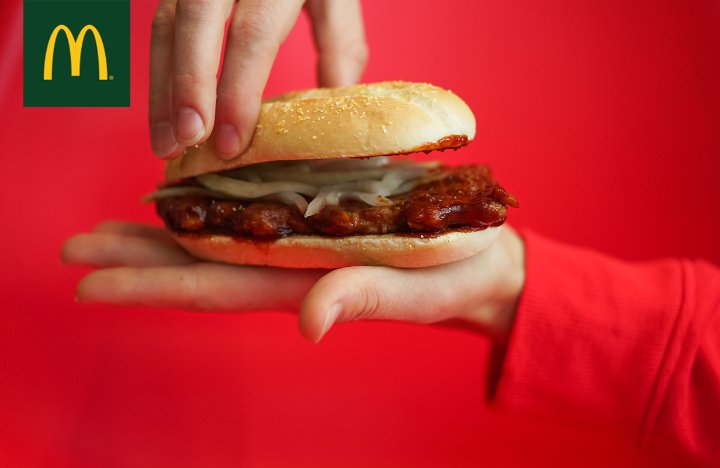Key takeaways
- Fast food prices at McDonald’s have jumped sharply, pushing away low-income customers.
- Rising costs for beef, wages, and supplies drive up menu rates.
- Traffic from budget diners has dropped by more than ten percent.
- Premium brands and services thrive as economy options lag behind.
- McDonald’s budget deals failed to lure back price-sensitive families.
- Economists link the divide to a widening K-shaped economy.
McDonald’s once stood for cheap, quick meals for everyone. However, these days its menu costs have grown so much that budget shoppers are staying away. Recently, the Los Angeles Times reported that visits from low-income households fell by double digits. This shift highlights how rising costs in food, wages, rent, and child care are squeezing families on tight budgets. Meanwhile, big brands that serve higher-income guests keep doing well. As a result, affordability has become a hot topic in policy and business talks.
How McDonald’s prices push away budget diners
McDonald’s prices have climbed by more than three percent in the last year. In fact, this rise outpaces general inflation. For example, a Happy Meal that once cost under four dollars now runs closer to six. Such jumps matter a lot to families earning less than forty-five thousand dollars per year. They already struggle with higher rent and utility bills. Consequently, many skip fast food outings or look for cheaper alternatives.
Moreover, executives at the Golden Arches admit that beef and labor costs forced them to hike prices. They point out that wages have risen across the restaurant industry. Still, many low-income diners feel the squeeze most. Economist Adam Josephson notes that this pattern fits a wider trend. He calls it a K-shaped recovery, where wealthier consumers keep buying, while poorer ones cut back hard.
Rising costs hit low-income families
Households making under forty-five thousand dollars face record-high shares of their income going to rent and utilities. After paying these bills, little remains for groceries or eating out. Economist Rikard Bandebo says delinquency rates on credit cards and loans are spiking for low earners. At the same time, those rates have flattened for middle and high earners.
In addition, fast-food bills rose three point two percent year over year. That rate already tops overall inflation and shows no sign of slowing. For many families, McDonald’s prices no longer feel “cheap.” Instead, they mark an extra burden in a tight budget. With each cost hike, more households cut back on traditional takeout and snacks.
Premium brands pull ahead amid divide
Meanwhile, companies that serve wealthy customers report solid gains. For instance, airlines saw a five percent drop in main cabin revenue, but premium cabin ticket sales rose by the same amount. In hotels, luxury brands like Four Seasons and Ritz-Carlton enjoy nearly three percent higher revenue year to date. In contrast, economy lodging saw a three point one percent decline.
This split shows the growing gap between people who can still afford to splurge and those forced to economize. Luxury hotels and first-class flights keep filling their top seats. Yet lower-cost options lose traffic, just as McDonald’s does. Indeed, the fast-food chain’s troubles mirror a broad shift in the consumer economy.
Attempts to win back budget diners
McDonald’s has not sat idle. Last year, it tested a five-dollar bundle that included a McDouble or McChicken sandwich, small fries, a drink, and nuggets. In January, it brought back a one-dollar menu item paired with a full-price choice. Then in early September, it rolled out Extra Value Meals. Yet, these efforts did not cut quickly through to cash-strapped customers.
Some experts say that many firms now fear passing on more costs to buyers. They worry shoppers have little appetite for higher prices after years of inflation. As Moody’s Analytics economist Marisa DiNatale explains, businesses ask whether customers will tolerate yet another price hike. Given the backlash at McDonald’s, the answer looks bleak for budget-focused brands.
What comes next for McDonald’s?
Looking ahead, McDonald’s must balance cost pressures with the need to keep prices low. It may try more targeted deals or loyalty rewards for value shoppers. Also, it could streamline operations to save money without cutting quality. However, if overall costs keep rising, the fast-food giant might struggle to win back its core customers.
At the same time, policymakers face growing calls to address affordability. As living expenses climb, more families need relief. Whether through wage support, child care help, or housing aid, action may ease the pinch on low-income households. In turn, these measures could restore some traffic for budget-friendly restaurants. Without such aid, the gap between luxury and economy segments will likely widen further.
Frequently Asked Questions
Why have McDonald’s prices risen so much?
Higher beef costs, wage increases, and rising utility bills have pushed menu prices up.
What is a K-shaped economy?
It’s when wealthier people recover or grow richer while lower-income groups fall behind.
Why didn’t McDonald’s budget deals work?
Many low-income diners still found menu prices too high and looked elsewhere.
How can McDonald’s attract back budget shoppers?
More targeted discounts, loyalty programs, and operational savings could help lower bills for value customers.

